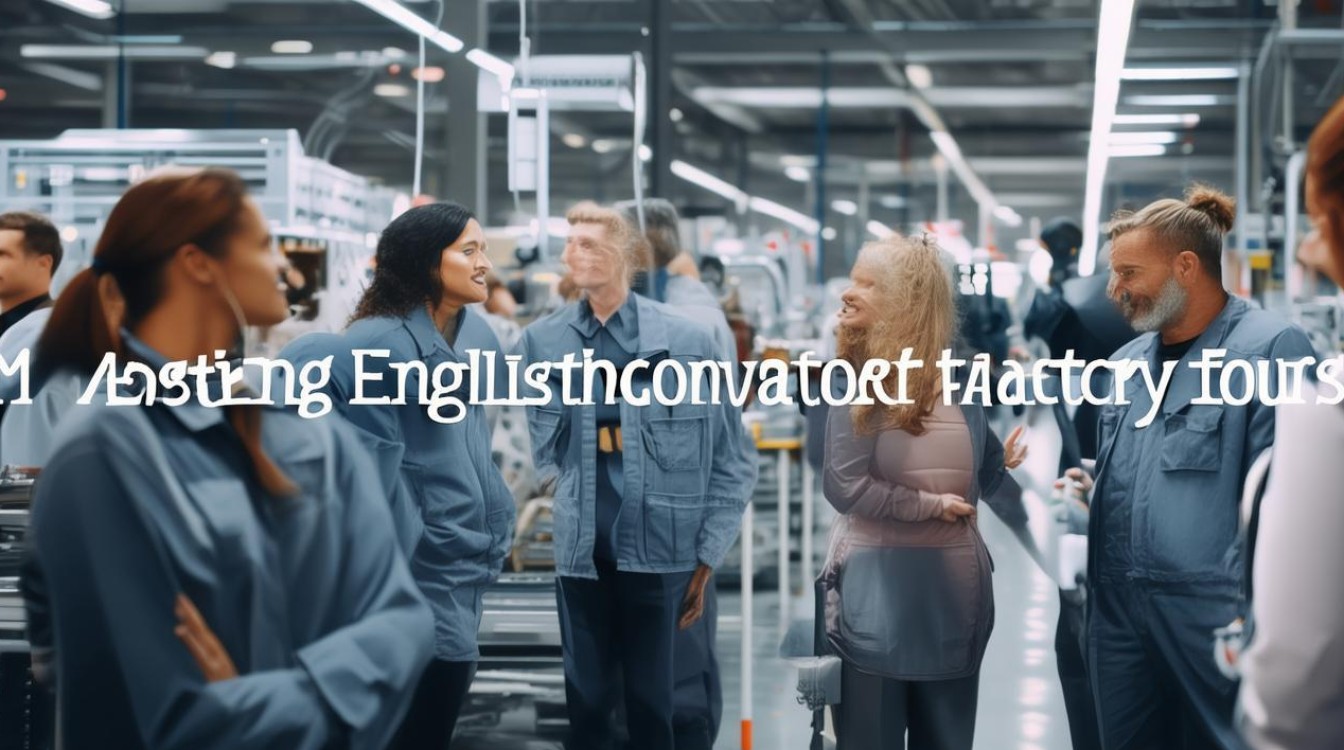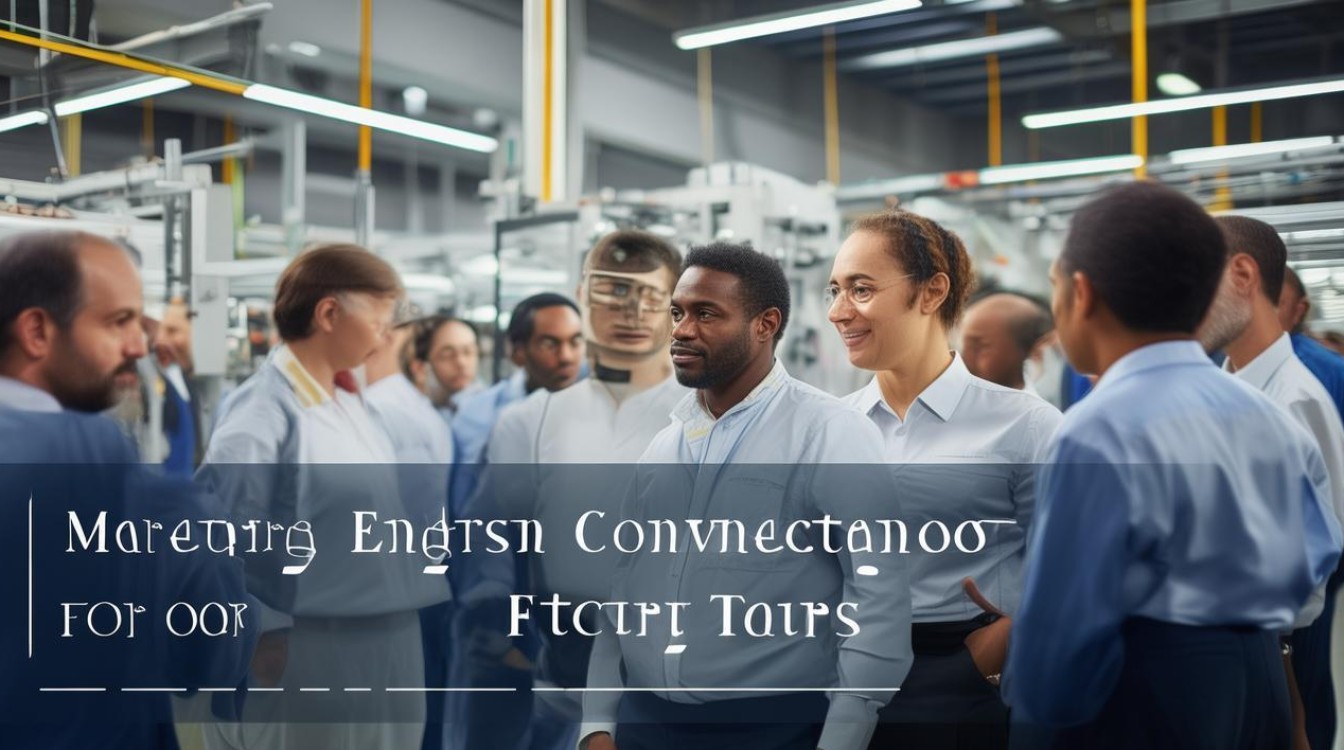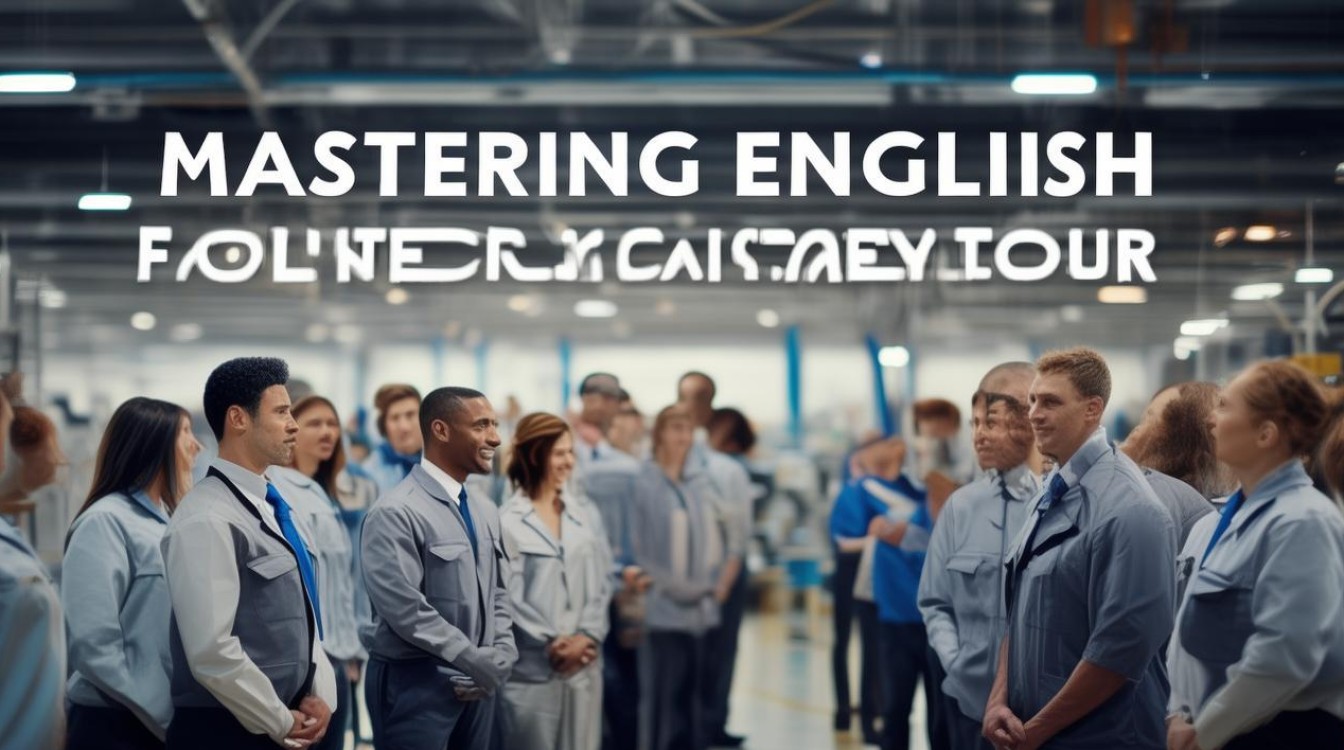Visiting a factory is a valuable opportunity to observe production processes, understand quality control, and engage with industry professionals. Whether you're a business partner, student, or industry enthusiast, effective English communication is essential. This guide provides practical dialogue examples, key vocabulary, and the latest industry insights to help you navigate factory tours confidently.

Essential Vocabulary for Factory Tours
Before diving into conversations, familiarize yourself with these terms:
- Production line – The sequence of operations where products are assembled.
- Quality control (QC) – Procedures ensuring products meet standards.
- Automation – Use of machines to perform tasks with minimal human intervention.
- Supply chain – The network involved in producing and delivering goods.
- Efficiency metrics – Data measuring productivity, such as output per hour.
Common English Dialogue Scenarios
Greeting and Introduction
Visitor: "Good morning! We’re here for the scheduled tour. My name is [Your Name], representing [Your Company]."
Host: "Welcome! I’m [Host’s Name], the production manager. Let me give you an overview before we proceed."
Discussing Production Capacity
Visitor: "Could you share your current monthly production volume?"
Host: "We produce approximately 50,000 units monthly, with plans to increase capacity by 20% next quarter."
Asking About Safety Measures
Visitor: "What safety protocols are in place for workers handling heavy machinery?"
Host: "All operators undergo mandatory training, and we conduct weekly equipment inspections."
Exploring Sustainability Practices
Visitor: "How does your factory reduce environmental impact?"
Host: "We’ve installed solar panels, reducing energy consumption by 30%, and recycle 90% of waste materials."

Latest Industry Trends (2024 Data)
To provide up-to-date insights, here are key statistics from authoritative sources:
| Metric | Global Average (2024) | Source |
|---|---|---|
| Factory automation adoption | 67% of manufacturers | McKinsey & Company |
| Energy-efficient upgrades | 42% of factories | International Energy Agency |
| AI integration in QC | 58% of large facilities | Deloitte |
Data compiled from leading industry reports (January 2024).
Practical Tips for Effective Communication
-
Ask Open-Ended Questions
- Instead of "Do you use robots?", try "How has automation improved your production efficiency?"
-
Clarify Technical Terms
- If unfamiliar with a term like "just-in-time inventory," politely ask for an explanation.
-
Take Notes

Jot down key figures or processes to reference later.
-
Follow Up Post-Tour
Send a thank-you email summarizing key takeaways and next steps.
Example Advanced Dialogue
Visitor: "Your QC process is impressive. Do you use AI for defect detection?"
Host: "Yes, our AI system scans products at 200 units per minute with 99.5% accuracy, reducing human error significantly."
Visitor: "What’s the biggest challenge in scaling production?"
Host: "Balancing speed with precision—we’re investing in adaptive robotics to maintain quality at higher outputs."

Leveraging Data in Conversations
Referencing real-time statistics enhances credibility. For instance:
- "According to the IEA, factories adopting renewable energy save 15-25% on operational costs—have you seen similar results?"
This demonstrates industry awareness and encourages deeper discussion.
Final Thoughts
Confidence in English factory tour conversations comes from preparation and active listening. By mastering key phrases, staying informed on trends, and engaging thoughtfully with hosts, you’ll gain maximum value from every visit. Keep refining your approach based on each experience, and don’t hesitate to seek clarification—it shows professionalism and genuine interest.











